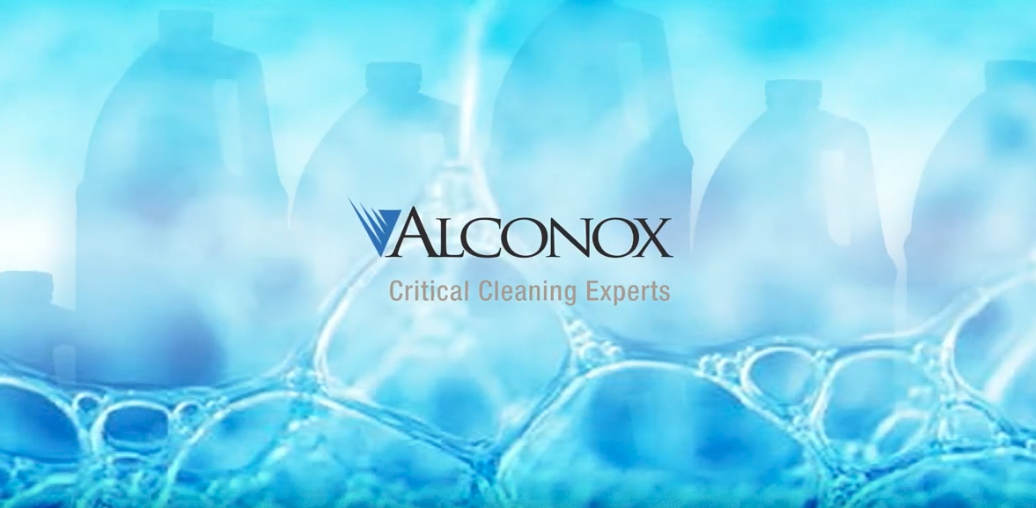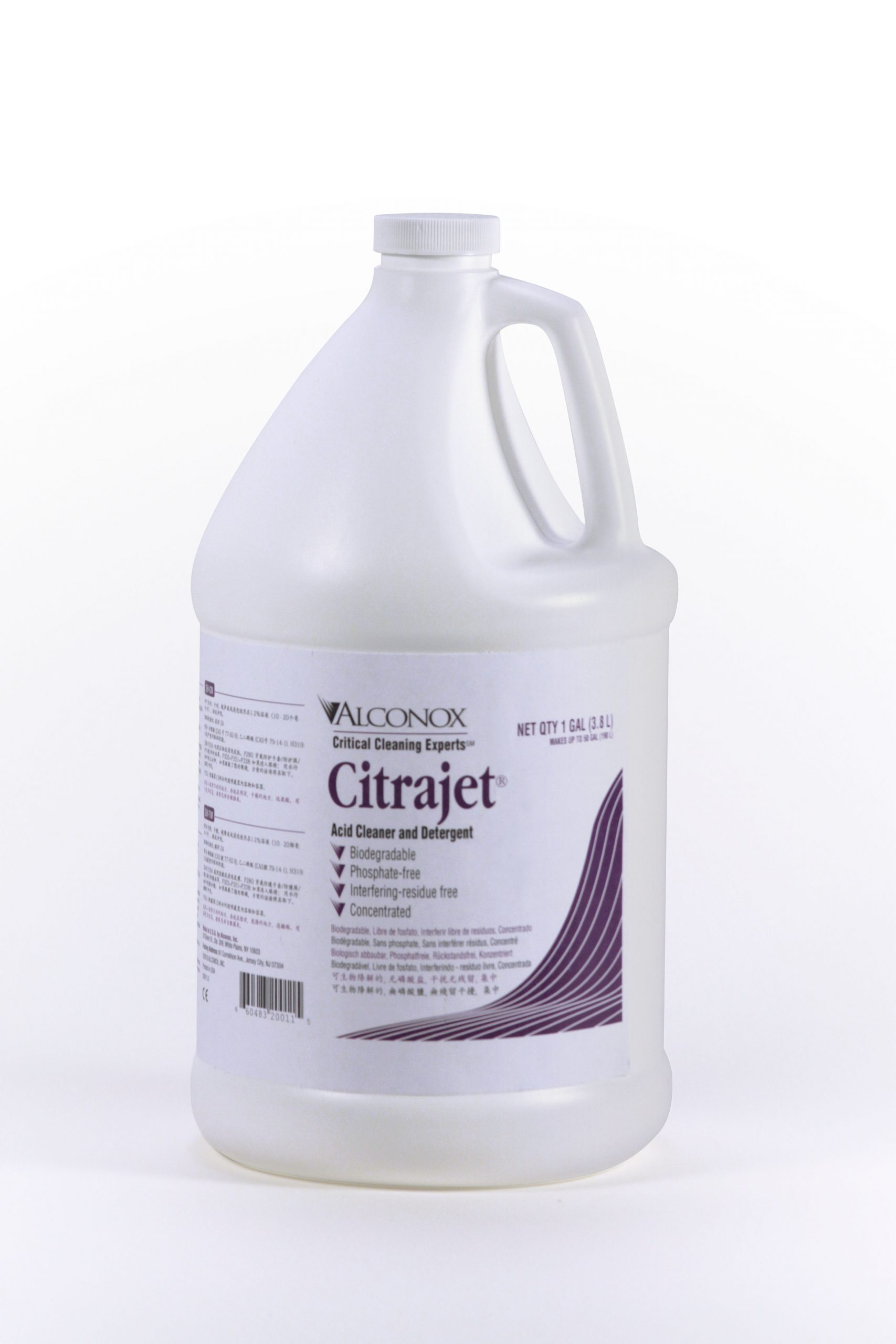USING CITRIC ACID TO PROTECT STAINLESS STEEL PARTS FROM CORROSION
Passivation is the process of forming a passive layer of chromium oxide on the surface of stainless steel to protect it from corrosion. This is done by adding a chemical that removes free iron and allows chromium oxide to form. The reference for passivation of stainless steel is ASTM A967. See the Critical Cleaning Procedures section of this guide for passivation tests.
Citranox® and Citrajet® for passivation applications—safety, efficacy and ease of use.
Citranox® detergent may be used at a 30% concentration in water at a temperature of:
- 70-120°F (21-49°C)/20 min.
- 120-140°F (49-60°C)/10 min.
- 140-160°F (60-71°C)/4 min.
Exact conditions will vary depending upon the type of stainless steel and surface finishing. Ferritic and martensitic steels can be treated with 5% sodium dichromate at 150°F (65°C) for 30 minutes to accelerate surface oxidation to form passive chromium oxide layer.
Recommended for manual soaking or soaking in an ultrasonic tank. If applied by a spray system where there is agitation of the air, Citrajet® should be used at the same conditions listed for Citranox® above.
Citric acid passivation with Citrajet® or Citranox® is much safer and effective than using nitric acid formulations for passivation:
- Citranox®: Phosphate-free, acidic detergent cleaning and citric acid passivation
- Citrajet®: Low-foaming, phosphate-free, acidic detergent cleaning and citric acid passivation
For detergent selection guidance please review our Detergent Selection Guide.



